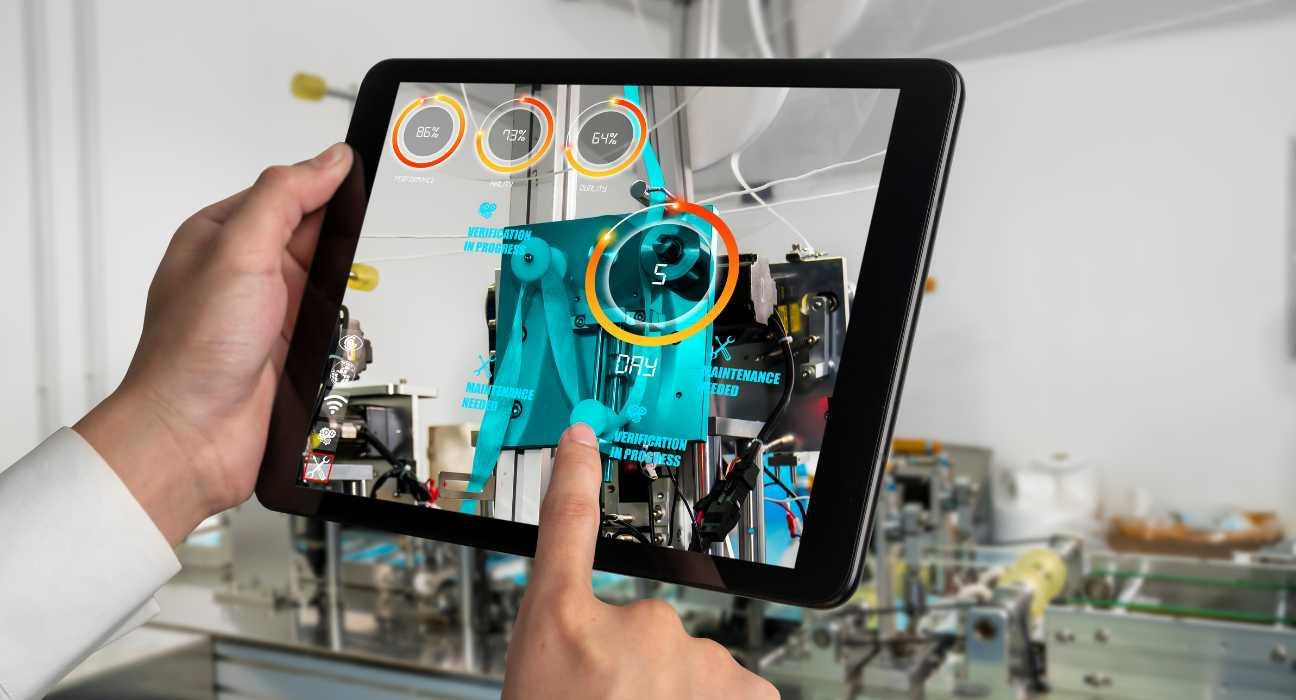The Future of Augmented reality in textbooks: How AR is Revolutionizing Learning
Introduction: A new Chapter for Textbooks
The landscape of education is constantly evolving, fueled by rapid advancements in technology.
Among the most transformative innovations is Augmented Reality (AR), a cutting-edge tool that overlays digital information onto the physical world. As we step deeper into the digital age, the integration of Augmented Reality in textbooks is no longer a futuristic vision—it’s happening right now.
In this article, we’ll explore how AR is revolutionizing learning, making textbooks more interactive, engaging, and effective for students around the world.
What is Augmented Reality in Textbooks?
Augmented Reality brings digital content into the real world by using the camera on a device,such as a smartphone or tablet,to superimpose interactive elements over physical textbook pages. This technology transforms static images and text into dynamic 3D models, animations, videos, and quizzes—breathing new life into traditional educational materials.
- Interactive diagrams: Complex scientific processes can be visualized in 3D.
- Embedded videos: Past events or literature scenes can play out directly above the page.
- Quizzes and games: instantly assess and reinforce learning in real time.
- Language translation: Instantly translate passages for multilingual classrooms.
The possibilities are extensive—and they’re making education more immersive and effective.
Benefits of Augmented Reality in Education
Incorporating AR in textbooks opens a world of possibilities for both educators and students. Here are some of the most notable benefits:
1. Enhanced Engagement and Motivation
- AR-based content captures students’ attention through interactive experiences.
- Gamified elements foster excitement and inspire curiosity.
2. Improved Conceptual Understanding
- Abstract concepts are easier to grasp when students see them come to life in 3D.
- Visual learners benefit from animated illustrations and simulations.
3. Personalized Learning at Scale
- Students can revisit AR experiences at their own pace, catering to different learning styles.
- Immediate feedback from AR quizzes helps identify knowledge gaps quickly.
4. Accessibility and Inclusivity
- Features like audio explanations and translations accommodate diverse classrooms.
- AR content can be tailored for students with special educational needs.
5. Cost-Effectiveness and Sustainability
- Updates to AR content can be delivered digitally, extending the life of printed textbooks.
- Reduces the need for costly physical teaching aids and models.
How Augmented Reality is Revolutionizing Learning: Real-World Case Studies
The adoption of Augmented Reality textbooks is no longer hype. Several schools and educational publishers have already implemented AR to extraordinary effect. Let’s look at some inspiring examples.
case Study 1: Pearson’s AR-Enhanced Biology Textbooks
Publishing giant Pearson introduced AR-enabled textbooks for high school biology. Using a companion app, students scan pages to see 3D models of human anatomy and interactive cell animations. Teachers report higher engagement and deeper understanding of complex processes like mitosis and cell respiration.
Case Study 2: Miami-Dade County Public Schools
In Florida,several classrooms piloted AR in their history and geography lessons. Students could explore archaeological sites or view historical reenactments directly on textbook pages, resulting in a 30% increase in information retention compared to traditional methods.
Case Study 3: EON reality and Interactive STEM Education
EON Reality, a global leader in AR/VR education, collaborated with schools to roll out interactive STEM modules. These AR experiences let students manipulate virtual molecules or experiment with physics concepts, significantly boosting participation and test scores.
First-Hand Experience: Voices from the Classroom
“Watching the solar system float above my textbook made memorizing the planets much easier. It felt like I was part of the lesson, not just reading about it.”
— Samantha, 6th Grade Student
“Using AR, my students can now ‘walk through’ ancient Roman cities. It’s like taking a field trip without leaving the classroom!”
— Mr. Lopez, History Teacher
These testimonials reflect a recurring theme: AR is fostering curiosity, excitement, and a much deeper connection with learning material.
The Future of AR in Textbooks: Trends and Predictions
With technology advancing rapidly, the future of Augmented Reality in education looks brighter than ever. Here are the key trends shaping what’s next:
- Widespread Adoption: as AR hardware becomes more affordable, expect mass-market integration across schools worldwide.
- AI-powered Personalization: AR platforms will leverage artificial intelligence to customize content and adapt to individual learning needs.
- Improved Accessibility: better AR tools to serve students with disabilities, overcoming language or physical barriers.
- Cross-curricular Integration: AR content will connect different subjects, fostering interdisciplinary learning.
- Teacher Empowerment: Educators will have intuitive tools to create or modify AR content relevant to their curricula.
- remote and Blended Learning: AR will bridge home and classroom learning, enriching digital homework and distance education.
Practical tips: Implementing AR in Your Classroom or School
Interested in bringing the benefits of AR textbooks to your students? Consider these practical tips for a accomplished rollout:
- Start Small: Pilot AR with a single textbook or subject before expanding to the broader curriculum.
- Choose Compatible Devices: Ensure students have access to AR-compatible smartphones or tablets.
- Train Teachers: Invest in professional growth to empower educators with AR integration skills.
- Engage Parents: Host demos or information sessions to involve families and address their questions about new technology.
- Monitor outcomes: Gather feedback from teachers and students to evaluate engagement and learning improvements.
Conclusion: Embracing the AR Revolution in Education
The integration of Augmented Reality in textbooks represents a paradigm shift in education. By making content immersive, interactive, and engaging, AR is revolutionizing how students learn and teachers teach.
As more schools embrace this technology, we can expect better learning outcomes, increased enthusiasm, and a new generation of tech-savvy global citizens. The future of learning is here—and it’s augmented.
Are you ready to explore the future? Start your AR textbooks journey today!

